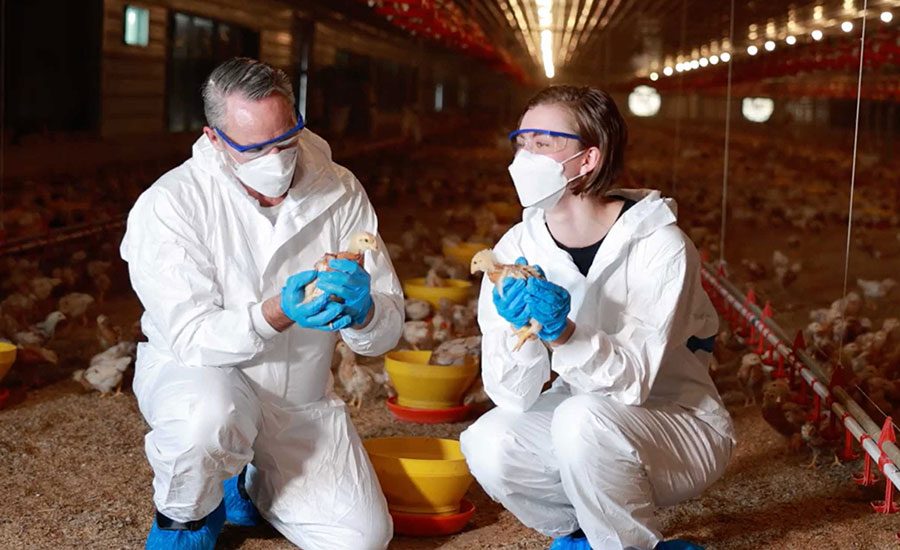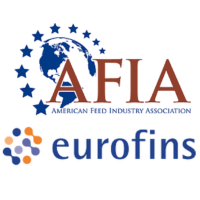AOAC INTERNATIONAL (AOAC) and the International Organization for Standardization (ISO) have announced that they have entered into a cooperation agreement for the joint development and approval of common standards and methods. The partnership significantly increases the global relevance and impact of AOAC/ISO standards and methods.
“The AOAC and ISO partnership broadens global acceptance of standards and methods, benefitting all stakeholders and consumers,” says Brad Goskowicz, CEO of Microbiologics, Inc. and president of AOAC INTERNATIONAL. “AOAC and ISO’s commitment and global leadership pave the way for methods to ultimately advance to the Codex method process for consideration as International Standards.”
ISO Secretary General Sergio Mujica added, “ISO’s partnerships with other relevant organizations are extremely important, as we believe that the best way to meet market needs and provide global solutions is by bringing together the world’s best experts. This agreement will therefore benefit the industry through the joint development of standards that are globally accepted and recognized by Codex. We look forward to collaborating further with AOAC via this agreement to produce effective international standards.”
Under the new agreement, signed on October 18, 2018, during the American National Standards Institute’s (ANSI; ISO’s member for the United States) World Standards Week in Washington, DC, AOAC and ISO can participate in each other’s work, whereby experts from each organization can serve on the other organization’s working groups. The partnership allows for joint development and approval of standards, which involves establishing working groups comprising AOAC and ISO experts to develop draft common standards. The standards would then be subject to parallel approval processes for AOAC and ISO. The resulting standards will be published by both organizations.
The AOAC/ISO partnership is entering its sixth year. The original cooperation agreement, signed on June 18, 2012, focused on milk and milk products and resulted in 12 joint AOAC/ISO methods adopted by the Codex Alimentarius Commission as International Standards (vitamin B12, myo-inositol, chromium/molybdenum/selenium, nucleotides, vitamins A and E, fatty acid profile, iodine, pantothenic acid, vitamin C, biotin, chloride, vitamin). These methods help ensure that the nutrient content of infant formula conforms to their declarations worldwide.
“The outcome of the AOAC/ISO collaboration from 2012 was impressive with the joint development of multiple standards in the area of nutrients in infant formula and adult nutritionals,” said Erik Konings of Nestlé Research Center. “Harmonization of analytical standards by AOAC and ISO increases the global relevance of these methods. The AOAC/ISO methods adopted by Codex demonstrate compliance to Codex Standards and will facilitate trade, which benefits all stakeholders, including consumers.”
The new 5-year agreement extends the purview from milk and milk products to include projects in the scope of ISO/Technical Committee (TC) 34 (Food Products). “With successes in detection of pesticide residues in soft drinks (India), sodium fluoroacetate in infant formula (New Zealand), and current work on BPA in beverages, veterinary drug residues, sugar analysis, allergens, and more, AOAC continues to prove that it is a valuable partner and solutions provider in tackling industry and trade issues, food safety, and regulatory compliance,” says AOAC Executive Director David B. Schmidt. “Leveraging the success of the original cooperation agreement with ISO, we look forward to working together to harmonize optimal global standards for a new range of food products.”
Future priorities for AOAC/ISO standards development are to be determined and may include more work on nutrient analysis, as well as expanding to contaminants, adulterants, and pesticide residues.






